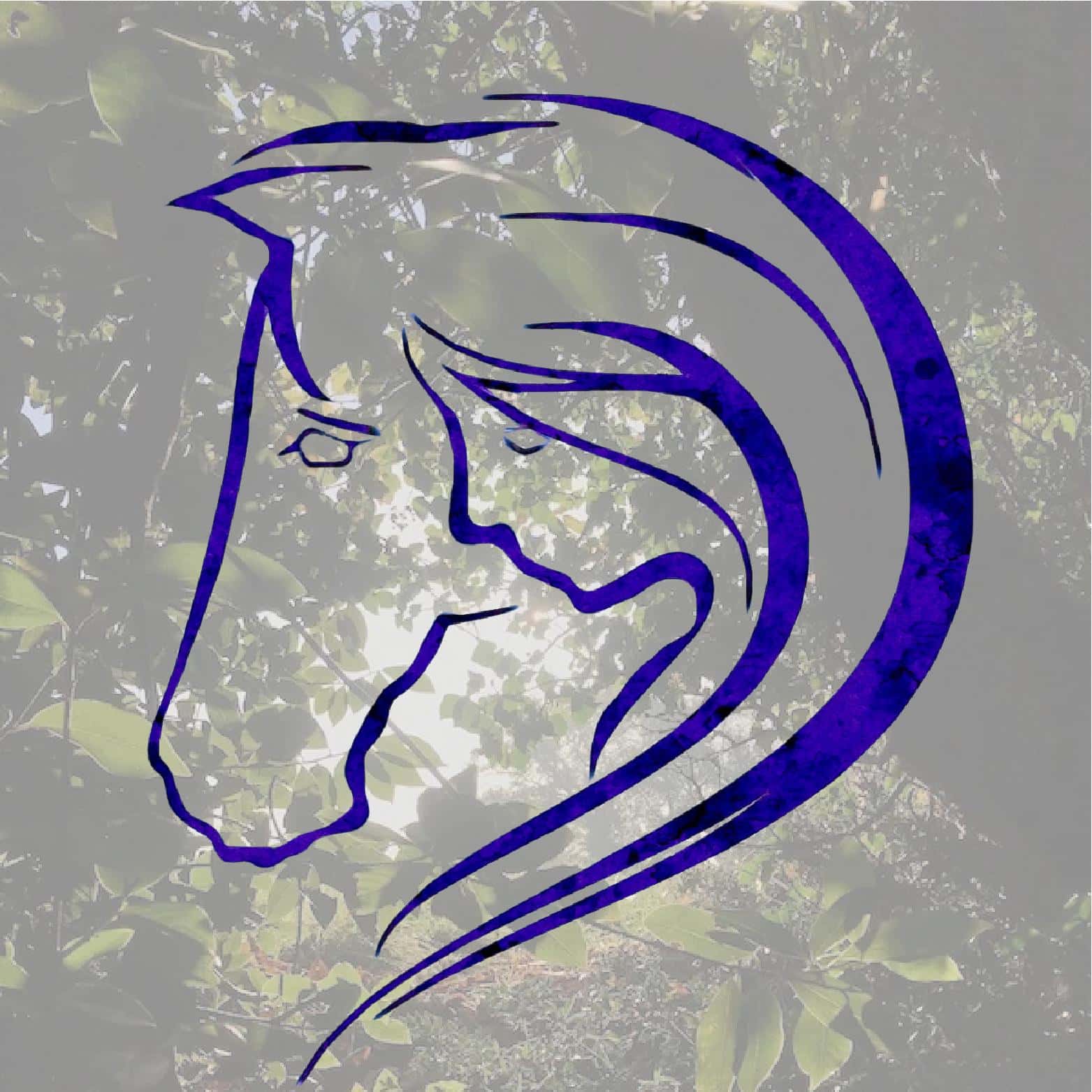The Grazing Evolution
To understand feeding horses better, it is helpful to look at their ancestry.
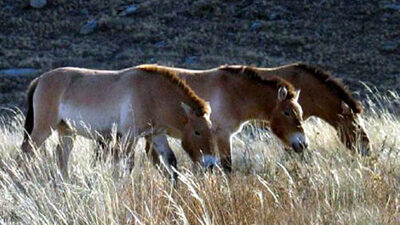
Wild Przewalski’s horses reintroduced into their native territory in China. Winters are long and harsh and summers can be dry. These horses had to move up to 40km a day to find enough water and grazing.
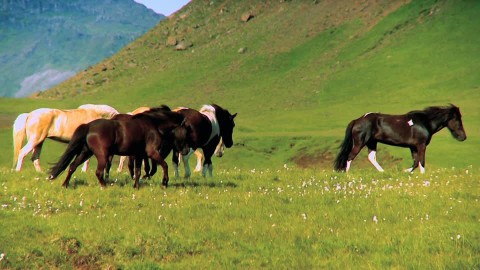
Wild mustang horses in North America in the summer. They too travel long distances and survive harsh winters. Their grazing is largely unfertilised mountain pasture, with tough species of grass and herbs.
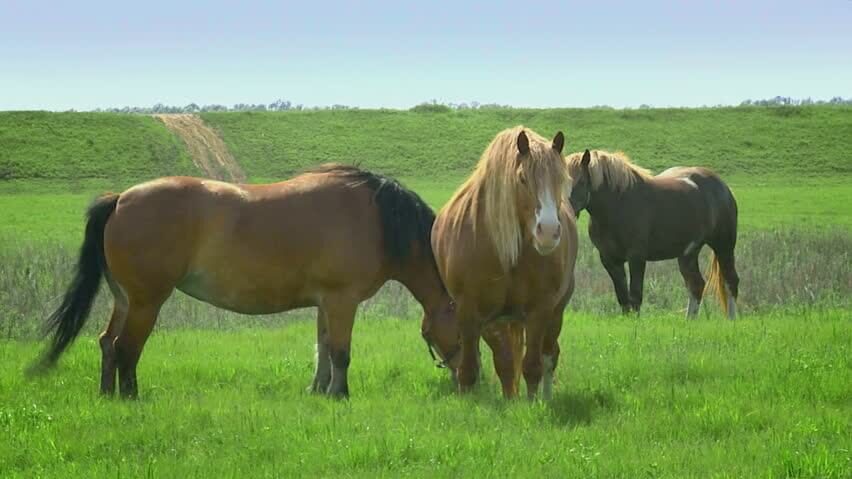
The third photograph shows already obese horses on unsuitably rich pasture. Native breeds and ponies tend to be more at risk from rich pasture because their metabolism is so efficient.
Grazing can become a problem for horses for the following reasons:
- Some grazing is geographically inappropriate, horses would not be able to live wild in many parts of Europe as the pasture is too rich.
- That problem is exacerbated by over fertilisation and synthetic fertilisers which can cause imbalances in mineral levels.
- Over-grazed pasture is stressed and has high sugar levels.
- Lack of space in modern equestrian properties restricts the horses’ movement.
- Monoculture has reduced the variety of grasses and herbs available to horses, reducing metabolic resilience and ability to self-medicate.
- Sudden exposure to rich grass in the spring after stabling over winter is a shock for the horse’s gut and subsequently their feet.
Feeding Horses Like Humans
Look for Real Horse Foods
It seems like we started out supplementing horses’ forage with grain, then moved further in the artificial direction with ‘complete’ feeds. These are cardboard-like over-processed pellets that are more often than not mixed with unsuitable fillers and processed grain. Many horse guardians are understanding more about holistic health for their horses and seeking out ‘real’ food once more. There are many companies offering organic sugar-free feeds made out of unprocessed grasses, herbs and root vegetables.
It probably started with practical necessity rather than anthropomorphism, but we started to assume that horses need concentrated food. During wartime or epic voyages when it wasn’t possible to carry enough forage to get the necessary nutrition into the horses, it makes sense that feeding concentrates was imperative. The convenience of this has carried over despite concentrated food not being an appropriate diet. Neither the concentrated format nor the ingredients are suitable for horses.
How Digestive Imbalance Happens
The horse has a small, acidic stomach and a very large alkaline intestine (called the hind-gut). The stomach is adapted to assimilate low levels of sugar and starch, and the hind-gut has evolved to process cellulose and other fibrous matter through microbial fermentation.
When the horse eats too much sugar/starch for their stomach to handle, it enters the hind-gut and the fermentation process is disturbed. Lactic acid from the breakdown of sugars and starch lowers the pH and kills off the fermentation bacteria. When they die they produce an endotoxin which gets into the bloodstream and depending on the scale of the situation, can cause laminitis, colic and other metabolic disturbances.
Foods to Avoid
Damaging sugar and starch in a horse’s diet comes from sugar-rich grass, cereals and glucose syrup/molasses in processed feed. What constitutes too much? basically whatever the horse would not be exposed to normally in their natural environment. Apart from eating grass seeds, wild horses wouldn’t find grain in the way we feed it to them. Certainly no more than a few handfuls of wild oats or barley on occasion. They wouldn’t have molasses coated muesli or sugary licks. They wouldn’t have access to the large quantities of sugar-rich grass so many domestic horses have.
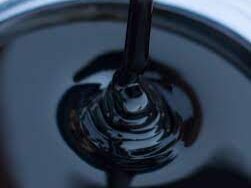
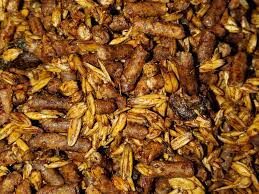
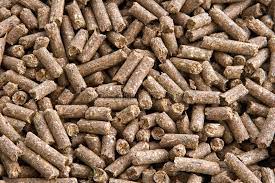
The Natural Way
Horses in the wild will cool their feet in streams and continue to move if they suffer a brief laminitic spell in the spring. They already have highly resilient, optimally functioning hoof mechanism so the inflammation is less likely to distort the structure. Normally they wouldn’t be carrying a lot of excess weight after the winter either, so the metabolic imbalance is resolved in a few days.
Too much concentrated food at all presents a dangerous challenge to the equine digestive system. It is is adapted to work with a continuous, minimal flow of food. This gives the stomach and then the intestines enough time to access to process the food passing through. Providing ad-lib hay in slow-feeder hay nets, and create some work for the horse to go and find forage and water are ideal.
High Fibre Grain Free Diet
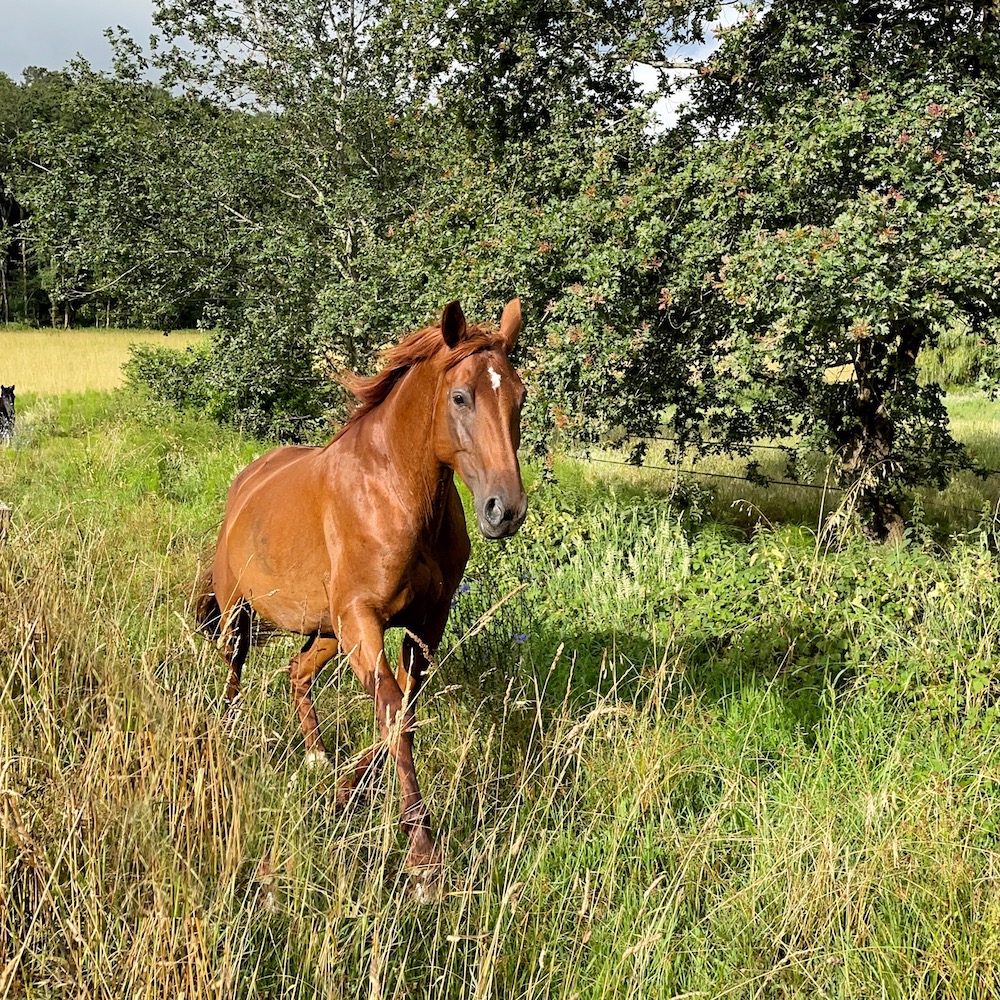
Feeding horses appropriately is therefore about sticking as closely to how they would eat in the wild state as possible. Looking for un-fertilised pastures growing a healthy sward of diverse grasses and herbs.
Try to establish a rotation system so the grass doesn’t become too short and stressed. Make up for any lack in the grazing with clean (dust and mould-free) high fibre forage. This would usually be meadow hay or even oat straw for good doers. Plus a high quality mineral balancer to even out any deficiencies.
Finally avoid highly processed concentrate feeds with cereals, soya or glucose in the ingredients. They are just as addictive for horses as sugar is for us. Peppermints or apples are a better treat than chewy cereal treats which can stick in horse’s teeth and cause caries.
It is a good idea to become familiar with how healthy horses look. This way you can pick up on issues earlier on.
